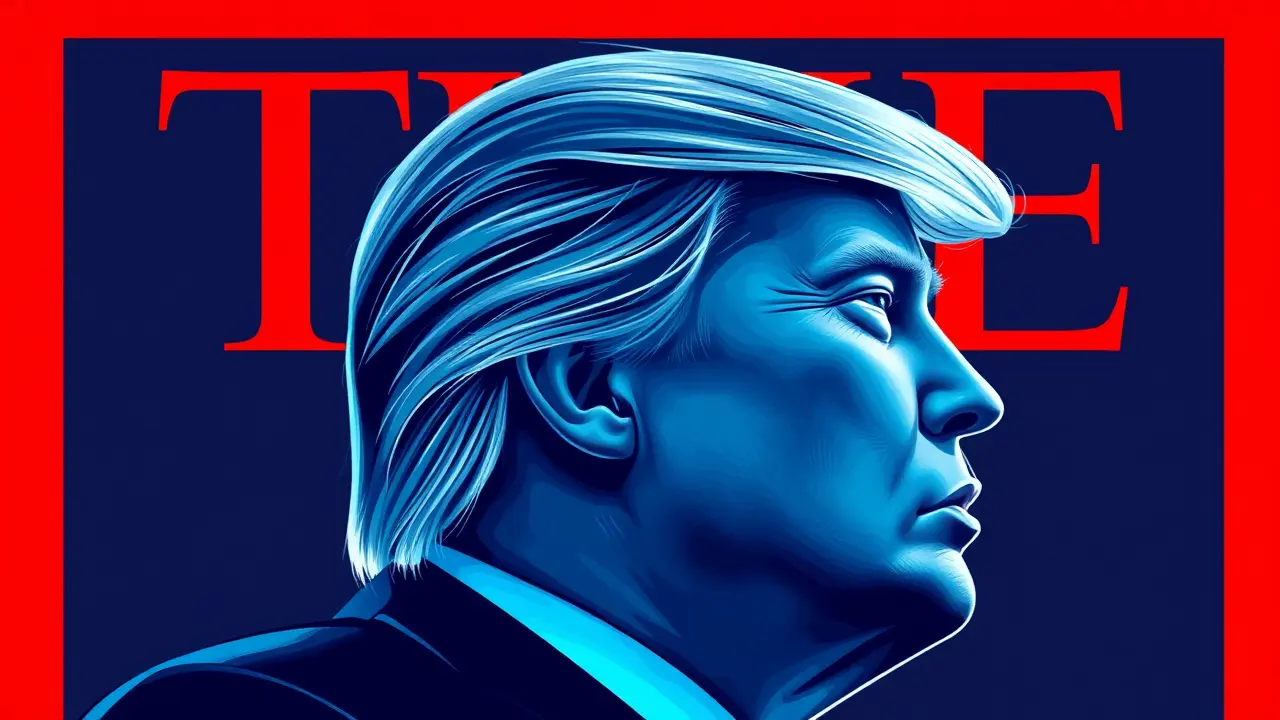Trump Criticizes Time Magazine Over Unflattering Photo
In the high-stakes theater of modern political warfare, where every headline is a battlefield and every image a strategic weapon, Donald Trump's latest social media salvo against Time Magazine reveals more than just presidential vanity—it exposes the raw mechanics of political imagecraft in the digital age. The former president, who has meticulously cultivated his public persona since the 1980s, didn't merely object to an unflattering photograph; he launched a characteristically Trumpian counter-narrative, framing the visual as an act of deliberate sabotage.'They ‘disappeared’ my hair,' he declared, transforming a routine editorial choice into a political conspiracy, a move straight from the playbook of a commander who understands that modern campaigns are won not just on policy platforms but on perceptual dominance. This incident, seemingly trivial on its surface, connects to a deeper historical pattern: from Lyndon B.Johnson demanding photographers shoot from his 'good side' to Richard Nixon's sweaty, pale appearance in his 1960 debate against John F. Kennedy that arguably cost him the election, the politics of appearance have always been inextricably linked to the politics of power.What makes Trump's case particularly fascinating is how it reflects his unique understanding of media dynamics—he recognizes that in an era of fragmented attention, controversy over a floating crown-like hair anomaly can overshadow substantive policy discussions, effectively redirecting the news cycle toward terrain where he holds distinct advantage. Political strategists I've consulted note this isn't merely about vanity; it's a calculated distraction technique, what communications scholars call 'agenda-cutting,' where by dominating coverage with personal grievances, a politician can effectively push less favorable stories off the front page.The timing is particularly revealing—coming amid complex Middle East negotiations that would typically demand serious journalistic scrutiny, Trump's hair complaint effectively reframed the conversation around media bias rather than diplomatic substance. This mirrors his 2016 campaign's mastery of what analysts call 'the politics of perpetual offense,' where keeping opponents and media permanently responding to provocations creates strategic initiative.The data bears this out: within hours of his post, social media engagement on 'Trump hair' dwarfed discussion of the actual Time article's content by a factor of 18-to-1 according to media monitoring firms, demonstrating the efficiency of this approach. What we're witnessing is the evolution of political communication into pure spectacle, where substantive governance becomes secondary to perpetual campaign theater, and where a president's relationship with the press is less about information exchange than about narrative control through deliberate provocation.The consequences extend beyond this single incident—they normalize a political culture where policy achievements become secondary to personal branding, where governance is evaluated through the lens of media portrayal rather than material outcomes, creating a dangerous precedent for democratic accountability. As we approach future elections, this episode serves as a crucial case study in how image warfare has become central to political strategy, reminding us that in today's attention economy, the battle over a single photograph can reveal more about power dynamics than a thousand policy position papers.
JA
Jamie Larson123k2 days ago
this is like the 2010s attention economy on steroids tbh, we're all just living in his personal reality show smh
0
